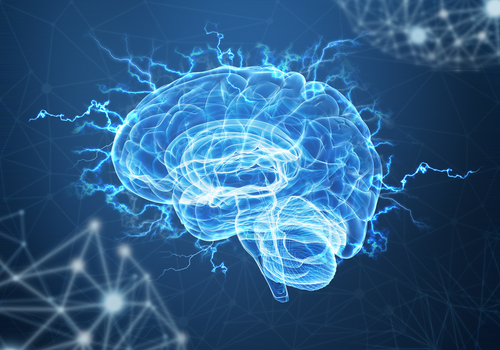2 Enzymes Seen to Degrade Clumps of Stress Granules, Raising Possibility of Using Them to Treat Parkinson’s

Understanding how two proteins, both enzymes, work to disassemble “stress granules” — clumps of molecules that form when cells are stressed by external factors — may help in developing treatments for Parkinson’s and other neurodegenerative disorders by creating enzymes that mimic their work, researchers report.
The study, “Deubiquitylases USP5 and USP13 are recruited to and regulate heat-induced stress granules through their deubiquitylating activities,” was published in the Journal of Cell Science.
“Stress granules” are clumps of proteins and RNA — a molecule that acts as a messenger in the making of proteins — created during protein generation when cells are stressed by factors that can range from heat to toxins and viruses.
Mutations in genes coding for specific proteins are linked to greater granule formation, which aggravates protein clumping. Stress granules are associated with a number of neurodegenerative disorders, including Parkinson’s, amyotrophic lateral sclerosis (ALS), and Alzheimer’s.
Researchers at the Tokyo Institute of Technology in Japan investigated the key role of two enzymes — named USP5 and USP13 — in taking these clumps apart.
USP5 and USP13 are members of a group of approximately 100 known enzymes that are thought to be able to cut chains of a small protein, called ubiquitin, inside stress granules.
Work showed the team that these two enzymes are preferentially recruited to granules formed through heat stress.
“We found that heat-induced stress granules contain ubiquitin chains, much more so than in stress granules induced by other stressors,” Toshiaki Fukushima, a study co-authors, said in a press release.
Importantly, these ubiquitin chains are common in stress granules found in neurodegenerative disorders.
To further test these enzymes’ role, the researchers specifically engineered cells to lack USP5 and USP13, then exposed these cells and non-engineered cells to heat stress (44°C for one hour). Those cells lacking the two enzymes were seen to be slower in disassembling the granules.
During a one-hour recovery period, in fact, the percentage of stress granules found in control cells with the two enzymes was 14% — compared to a 60% or greater percentage of granules in cells that lacked them. These results supported this and earlier work pointing to USP5 and USP13 being essential to a cell’s ability to avoid the accumulation of toxic clumps.
Researchers still need to determine the exact mechanisms by which these two enzymes work, but believe that both play distinct but vital roles. Specifically, they propose that USP5 mediates the cutting of free (unattached) ubiquitin chains, while USP13 regulates the breakdown of ubiquitin chains that join with proteins.
“We concluded that both reactions are required for the efficient destabilization of stress granules,” Fukushima said.
Their discovery could lead to the development of artificial enzymes that target ubiquitin, an approach possible to test in about five years, Fukushima added.
“Mutations in proteins associated with neurodegenerative diseases have been implicated in abnormal assembly/disassembly of [stress granules],” the researchers wrote. “Thus, it is of not only cell biological but also … medical importance to elucidate the precise molecular mechanisms by which USP5 and USP13 facilitate [stress granule] destabilization.”






